
These character's from Sang Bleu magazine's "Tribes" editorial emerge on the street like phantoms from dreams. Like the cartoons from Who Framed Roger Rabbit joining the real world, but as their antithesis.
Photographed by René Habermacher and styled by Jean Luc Francaise, these images give theater grit. (I don't think I've seen these pieces from Givenchy in better ensembles.)
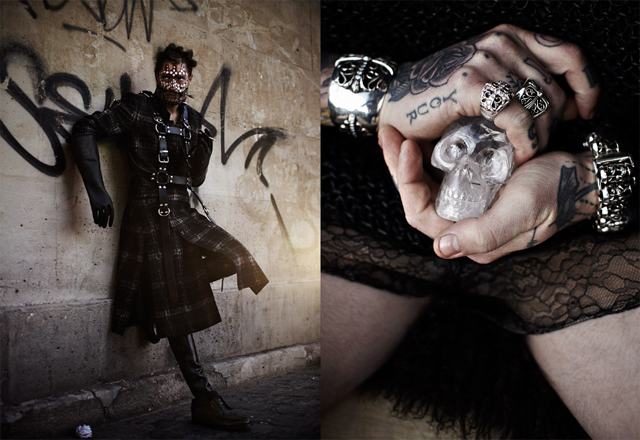
One of the primary interests of Sang Bleu magazine is tattoos, and their general place among the signifiers of the macabre: leather, skulls, metal, spikes.

Tattooing and painting the body make people appear like soldiers geared for battle.

Add animal fur and you get mythological personas from Icelandic sagas.

Hair and leather, leather and metal — ink and paint bring these combinations deeper into the primal.
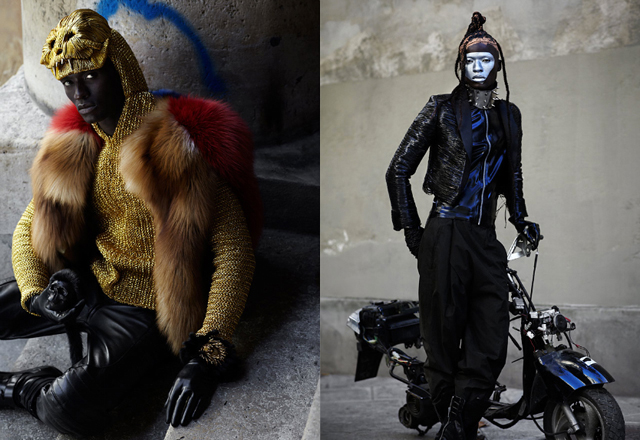
Is this perhaps a vision of the tribes of the future? Not based on race or nationality, but on materials?

In a post-apocalyptic era, will anything else matter?
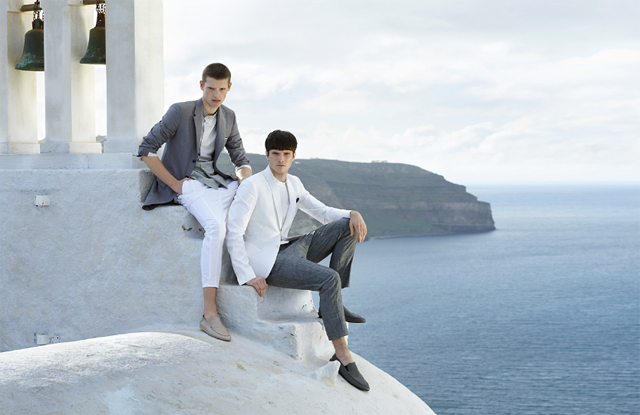
Having been mesmerized by Habermacher's representation, I proceeded to take a peak at his other sets of images. This next one set in Greece is entitled "Santorini", styled by Takufumi Kawasaki for Pen Japan magazine.
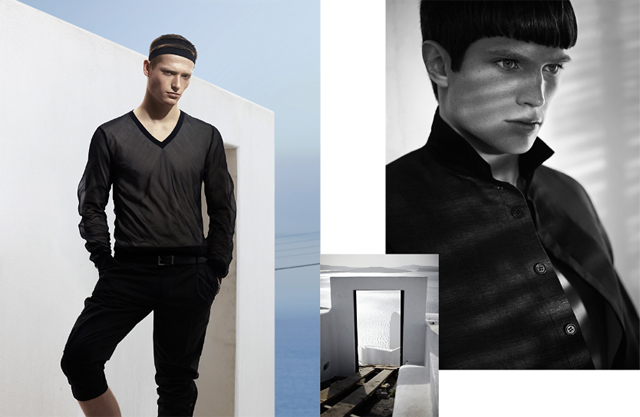
In contrast, the mood is much more ethereal. As if the clothes weren't allowed to contradict the vast, calm waters.
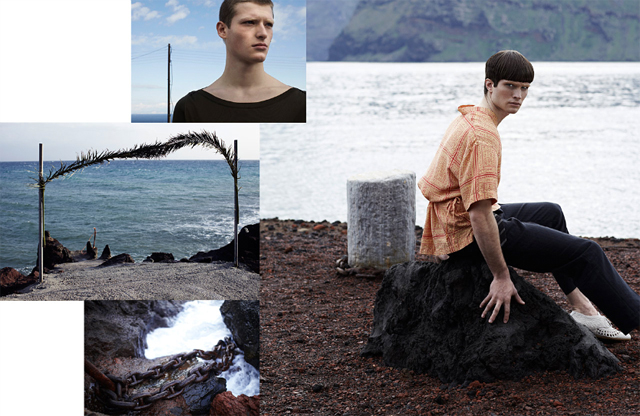
This is still an urban tribe, but one whose emotions are tempered by the power of nature.

Habermacher's photographic style doesn't at first appear to be new or revolutionary, but somehow his pictures stick to the mind.

They look flat, but only because some layer has been peeled off.
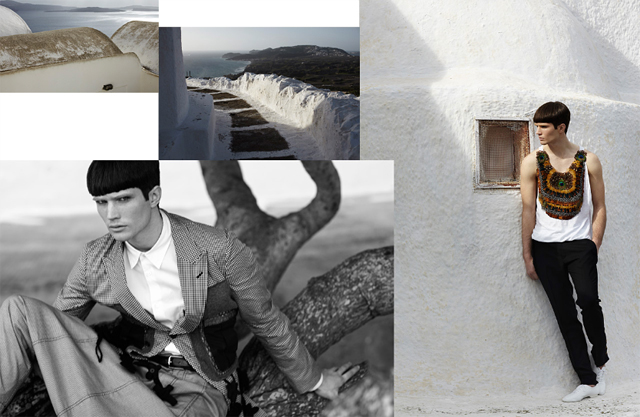
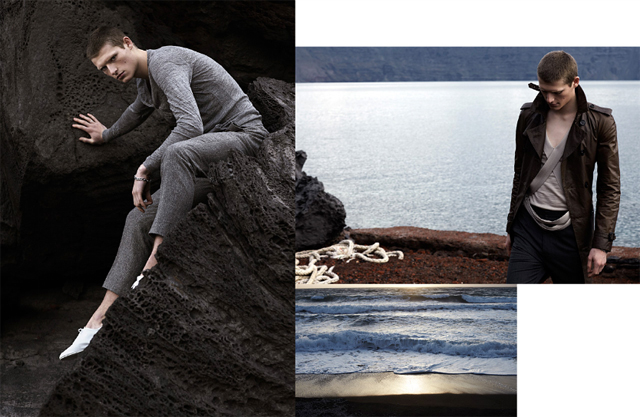
There is a cinematic quality to the images, but one not meant for epic movies; only for short stories.
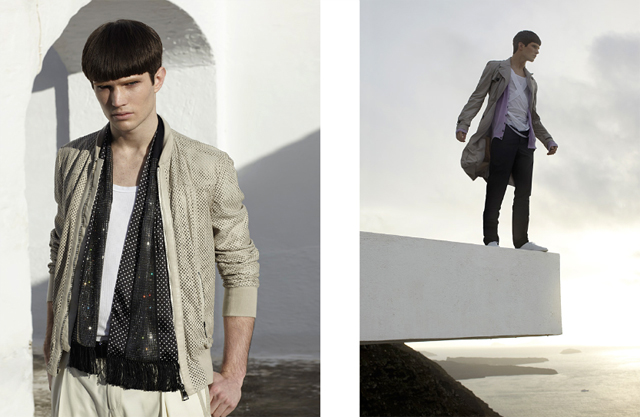

Maggie Cheung, who belongs to a one-woman tribe, appears before Habermacher's lens for Pop magazine.
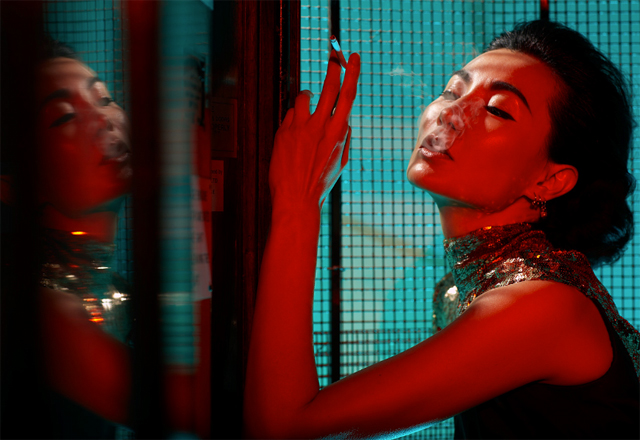
I think it is intentional that the pictures evoke In the Mood for Love or other Wong Kar Wai movies, but again these shots are truncated.
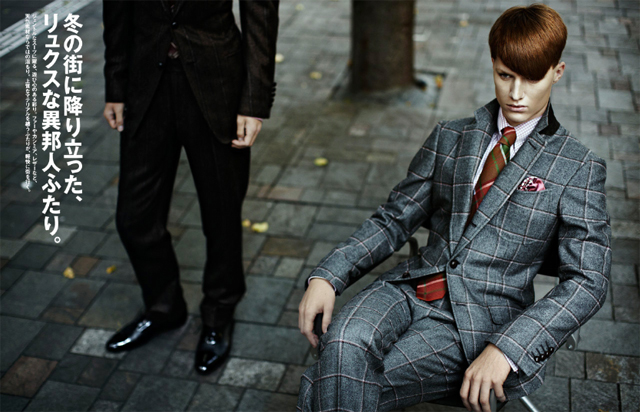
The photographer returns to the city with "Tokyo Strangers", again for Pen Japan.
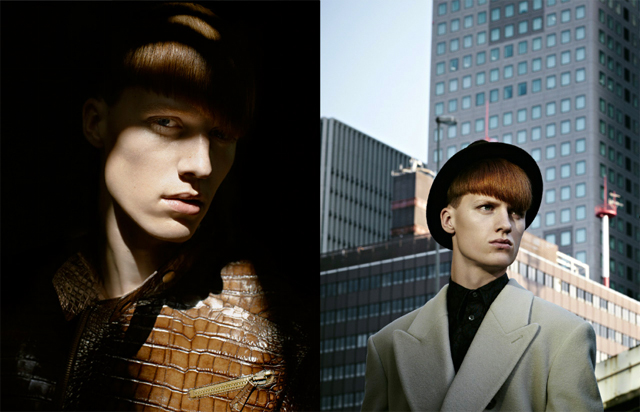
Now the alienation only hinted at in "Tribes" and "Santorini" comes to the fore.
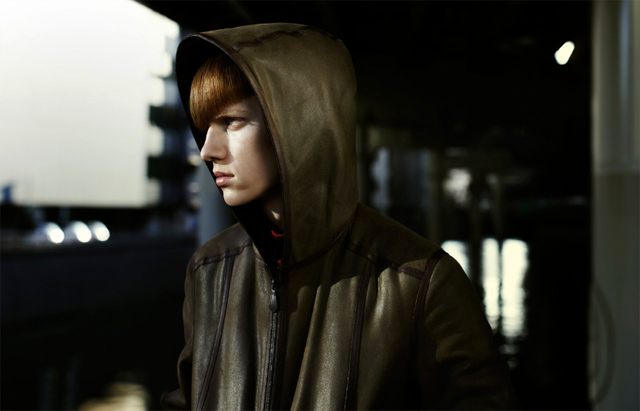
Now it becomes clearer that Habermacher's talent may lie in his ability to suggest but at the same time erase any hint of personality.

The models may as well be androids.

Extensions of automobiles.
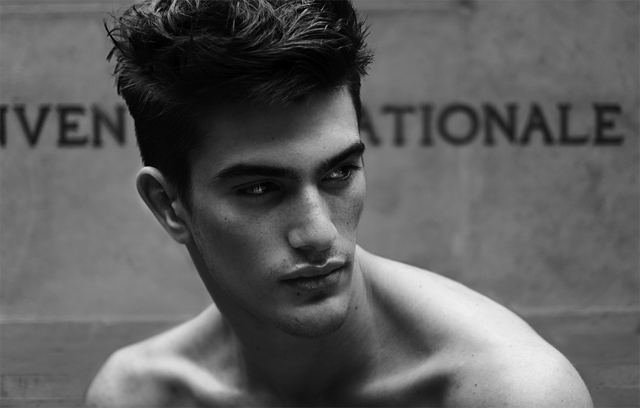
I only said "may". Since in "Boys boys boys" for Outcut, the models necessarily have to speak as persons.

(I never thought Thom Browne could appear like a matador's costume.)
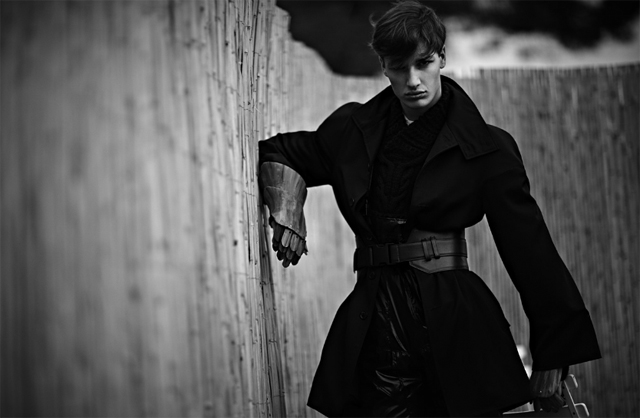
No theme but "boys" to ascribe to, Habermacher brings out the fantastic styling or the models' personalities by way of contrasts.
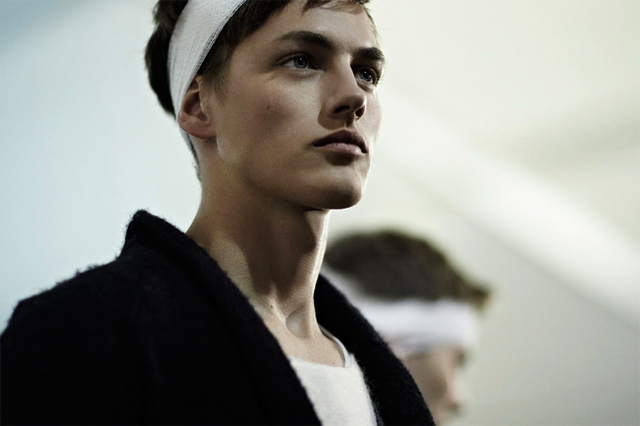
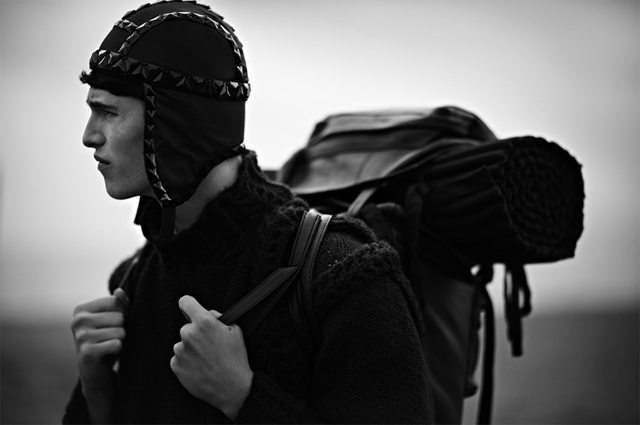

(Though I don't get what exactly the model on the right is doing.)
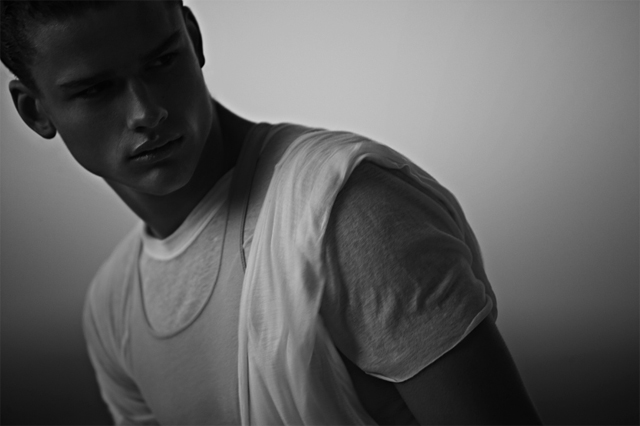
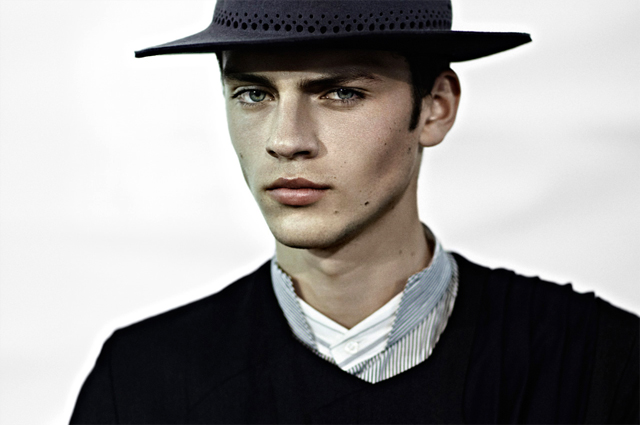
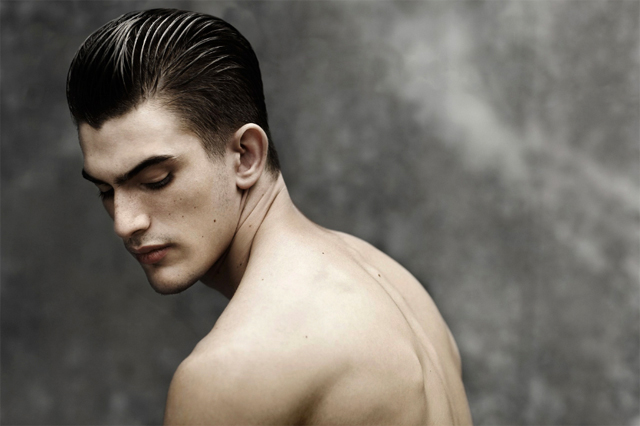
Skin against concrete.

Tribes are formed when the past is thrust into the modern.